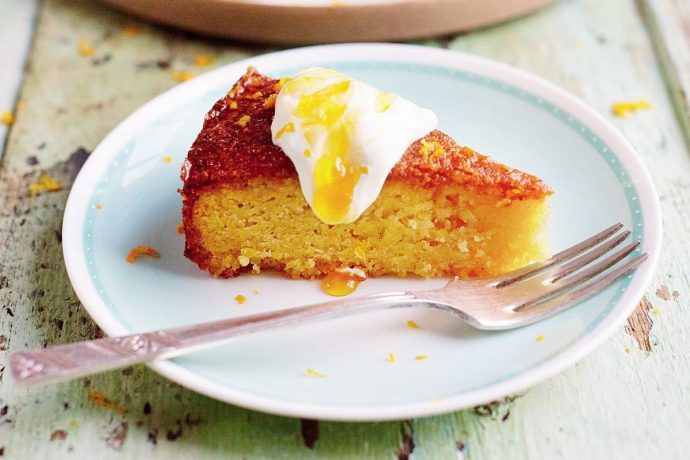As you are probably aware, if you have read a number of my articles on cheap healthy meals, I like to purchase organically grown dried food in bulk. This not only reduces the product cost, it saves on the expense of refrigeration and the fuel cost in frequent trips to the supermarket.
Another major criteria to consider in preparing cheap healthy meals is convenience. We all know how much more expensive and unhealthy fast foods are. Yet there are often times in our busy days that if we don’t have something on hand, that is quick and easy to prepare, we get sucked into buying it.
Not that polenta cake itself is all that quick to prepare but it freezes well and you want to make a big batch when you do. Dried corn is easily stored and if it is in an airtight container in a cool spot it keeps forever.
Polenta cake is a very popular Italian dish. Now that I have made some for myself I can see why it is so favored. It can be prepared in a variety of ways for breakfast, a dinner side or a meal in itself. One of the ways I keep costs down is to grow as many of my vegetables as I can.
As I wrote in another article on cheap healthy meals I preserve many of these by fermenting them. Sauerkraut has become a favorite. Then, in the winter time, rather than purchasing expensive fresh vegetables I like to rehydrate dried veggies and legumes.
Although I make my polenta cake with dried corn, which is technically considered a grain, the nutrients are just about the same as fresh corn, which is considered a vegetable. Hence the primary differences are only semantical.
The added bonus for me is that you don’t know what you are getting in the supermarkets these days. There is so much GMO corn produced now, which many of the growers wouldn’t eat themselves, that you never know what you are buying, especially out of season.
Polenta cake is very similar to hominy grits, made famous in the southern states. It not only has a tradition as a staple there, but during leaner years early last century, it constituted the major source of protein in many diets.
The problem was, though, this led to widespread incidence of pellagra, a disease with horrific symptoms. These include sore skin and mouth, irritability, depression, hallucinations and even death. This is caused by a deficiency in vitamin B3, aka niacin.
Corn is very nutritious and has sufficient B3 as well as 10 times as much vitamin A as other grains. The problem is that the niacin in corn is not readily bio-available. Corn needs to be nixtamalized by soaking in an alkaline solution to make the niacin bio-available.
Indigenous peoples south of the US border following their traditions have subsisted on corn for centuries without suffering from pellagra. They soak the corn in lime-water often made with the ashes from burned wood.
If corn does not constitute a significant part of your diet and you feel that you have other good sources of niacin this is not absolutely necessary. As I like to get as many nutrients as possible from my meals I soak my corn. It helps that I heat with a wood stove and is pretty simple to do.
Otherwise, you can just buy some lime-water and add that to water to soak the corn all day or overnight depending on your schedule. If you are using dried whole kernels you need a mill that is able to handle corn.
That is one of the reasons that I purchased a Junior Wonder hand mill. It also allows me to mill my whole grains in a range anywhere from pastry flour to cracked wheat. I consume a lot of whole grains so I often get a good workout preparing them. This does wonders for my prowess in kayaking!
After I hand mill my corn I soak it in lime-water, which I make with ashes from my wood stove. I just soak them after skimming the floating unburned portion and let the ash settle for a few days, then decant the clear water. It is already sterile from having been burned.
Corn also contains phytic acids, which can bind with important minerals including calcium, magnesium, zinc and iron and carry them out of our bodies. On top of this it does not have any significant amount of phytase, the enzyme necessary to neutralize phytic acid.
This is easy to deal with by just adding rye flour rich in phytase, about 10% of the volume of cornmeal, to the soaking solution as well as whey at a Tbsp per cup of flour. This will neutralize a good portion of the phytic acid.
I like to make my polenta cake with chicken stock but you can use water. The cornmeal needs to be brought to a boil and then simmered for about 20 to 30 minutes until it is so thick it starts to come away from the sides of the pot.
I like to add Parmesan, chopped onion and fresh herbs before pouring it into a pyrex dish so that it is about 1/2 inch thick. Then I bake it at 300 degrees for about 1 1/2 hours. There is an endless variety of options available online. This provides me with one more attractive way to prepare cheap healthy meals.






